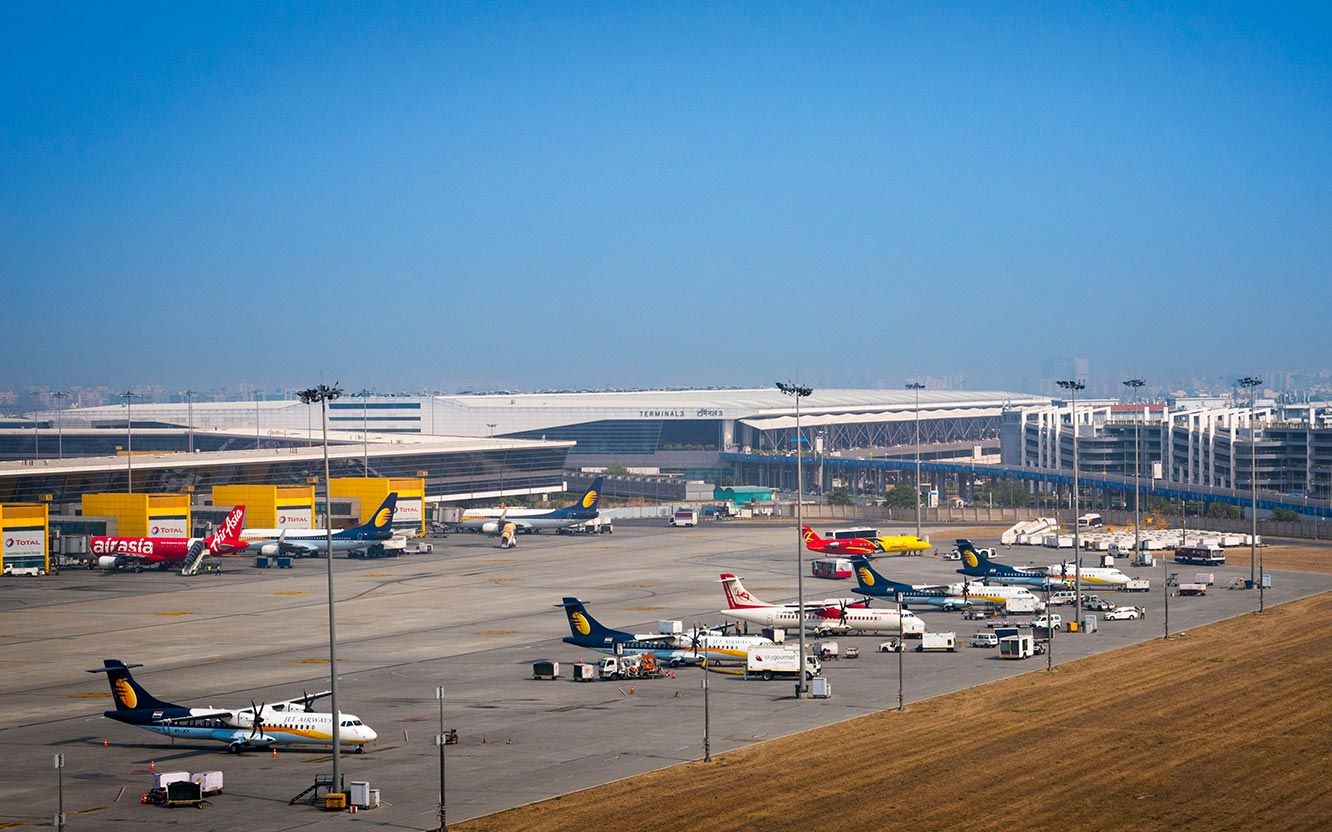
When planning a trip to one of the most iconic national parks in the United States, one might pose a playful question: which airport should you fly into for Yellowstone? This seemingly straightforward inquiry can indeed present a conundrum, as your choice of airport will significantly influence your overall experience. Factors such as travel time, the availability of amenities, and transportation options into the park can all shape your adventure. Let’s delve into the primary options.
Yellowstone National Park, sprawling across Wyoming, Montana, and Idaho, is a mecca for nature enthusiasts and adventure seekers alike. Consequently, selecting the right airport requires a nuanced understanding of the surrounding geography, proximity to park entrances, and seasonal accessibility. Below are the main airports that travelers can consider when orchestrating their journey to Yellowstone.
1. Jackson Hole Airport (JAC)
Located in Wyoming, Jackson Hole Airport sits within Grand Teton National Park, offering an exhilarating visual treat upon arrival. At a mere 60 miles from the South Entrance of Yellowstone, JAC is a prime choice for those seeking immediate access to both parks. The airport is relatively small, which minimizes the hassle of lengthy security lines and crowded terminals.
However, one must also consider the seasonal operational constraints. Jackson Hole experiences significant fluctuations in flight availability, particularly during the off-peak months. Winter travel can be challenging, and flights may be sporadic. This crucial detail merits careful consideration when planning your itinerary.
2. Bozeman Yellowstone International Airport (BZN)
Approximately 90 miles from the park’s North Entrance, Bozeman Yellowstone International Airport serves as a gateway for many adventurers. The airport is larger than Jackson Hole and boasts a wider variety of direct flights year-round. This can be particularly helpful for international travelers or those coming from major U.S. cities.
Moreover, Bozeman’s proximity to the charming town of Bozeman itself offers additional culinary and recreational opportunities. However, the drive to the park can be congested during peak tourist season, and visitors must navigate through scenic yet winding roads. Allow sufficient travel time to avoid any stress on your first day in the great outdoors.
3. Idaho Falls Regional Airport (IDA)
Situated in Idaho, Idaho Falls Regional Airport is about 110 miles from Yellowstone’s West Entrance. While it is the furthest option on this list, it does present its own advantages, particularly for visitors traveling from the western states. The airport is less crowded, which allows for a more laid-back experience.
Flight options might be more limited compared to larger airports, but the opportunity to explore the Idaho Falls area could enrich your journey. Visitors who fly into Idaho Falls will enjoy a scenic drive through rugged landscapes, open plains, and possibly catch glimpses of local wildlife. Nevertheless, consider the extra travel time when planning your excursions into the park.
4. Cody Yellowstone Regional Airport (COD)
Cody Yellowstone Regional Airport is around 50 miles from the park’s East Entrance, making it a convenient option for those heading into the less-traveled regions of Yellowstone. This smaller airport offers a more intimate travel experience and is an ideal choice for visitors seeking to explore the historic town of Cody, known for its rich cowboy culture.
However, as with many smaller airports, direct flight options may be limited, necessitating careful coordination of travel plans. With an additional focus on the surrounding attractions, flying into Cody presents an opportunity to immerse oneself in the region’s unique heritage before plunging into the pristine wilderness of Yellowstone.
Evaluating Transportation Options
Regardless of which airport you choose, transportation options to the park are vital in crafting a seamless travel experience. Most airports offer rental cars, which are recommended for those wishing to explore at their leisure. Public transportation may also be available, but often it does not provide the flexibility required to navigate the vast expanses of the park.
Additionally, shuttles may be an option for some of the airports, especially during peak season. Research these options ahead of time, as schedules can vary significantly based on demand and time of year. A pre-purchased shuttle service can alleviate some of the stress associated with post-flight logistics.
Choosing the Right Airport for Your Adventure
In conclusion, the question of which airport to fly into for Yellowstone is multifaceted. Each airport presents unique advantages and challenges that must be assessed according to your specific travel needs. Jackson Hole’s unparalleled beauty, Bozeman’s accessibility, Idaho Falls’ charm, and Cody’s storied history all offer something distinct.
As you chart your course, consider what aspects of your journey are most important. Are you seeking rapid access to the park, or does exploring surrounding towns hold equal weight? Ultimately, the best airport will depend on your preferences, flight availability, and overall itinerary. The great outdoors of Yellowstone await, and a well-planned entry point is the first step in ensuring a memorable expedition into this natural wonder.
